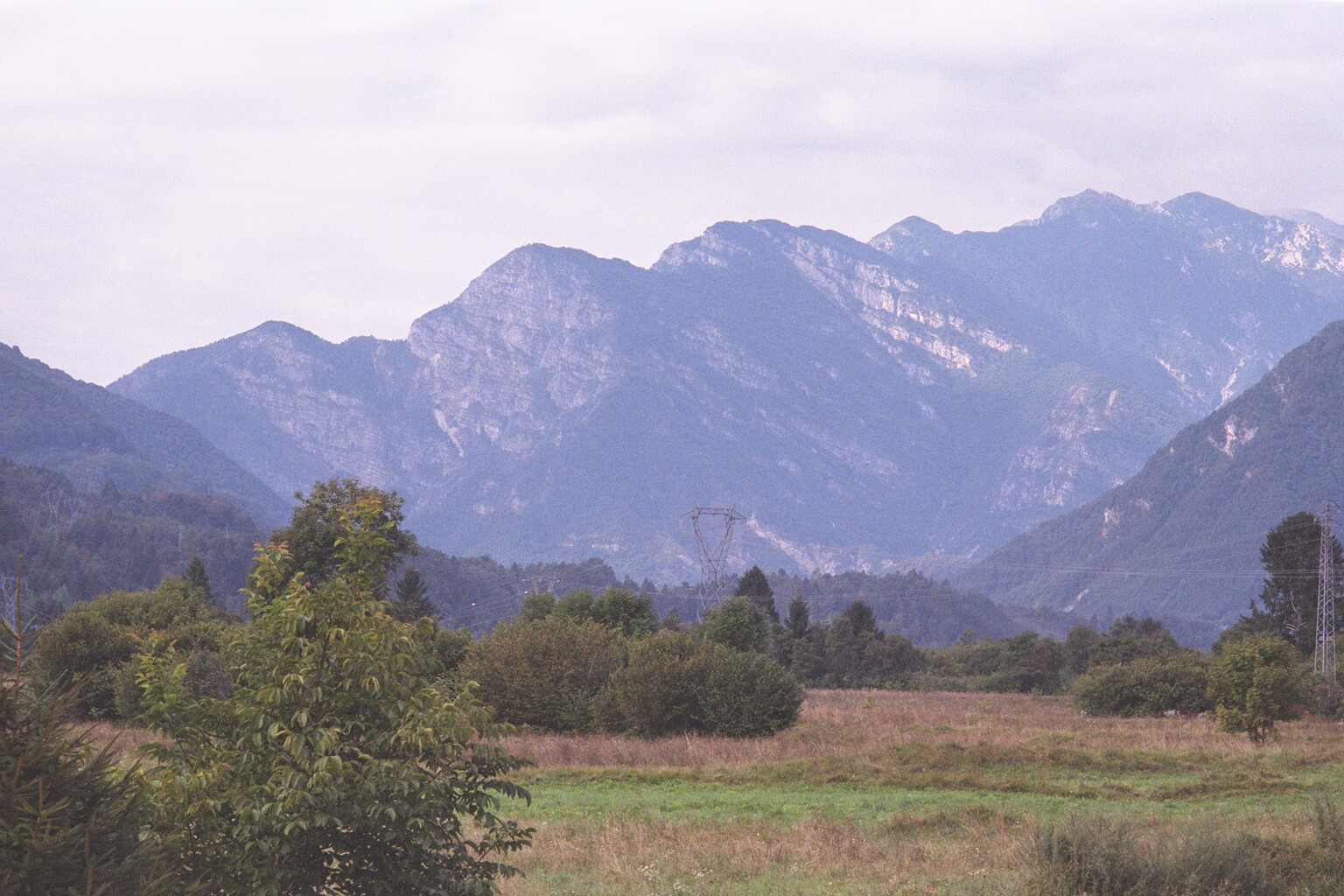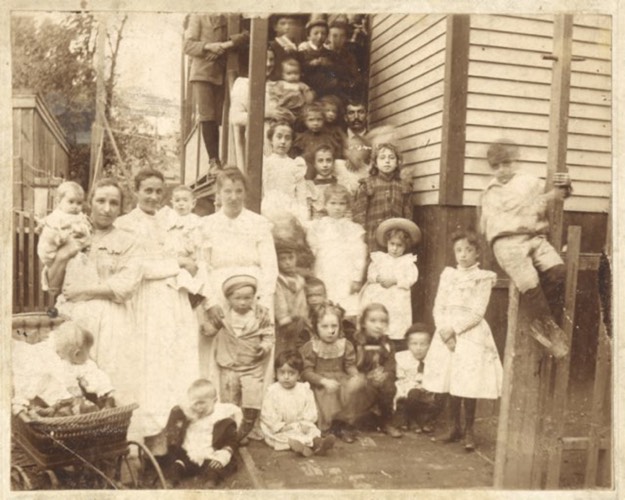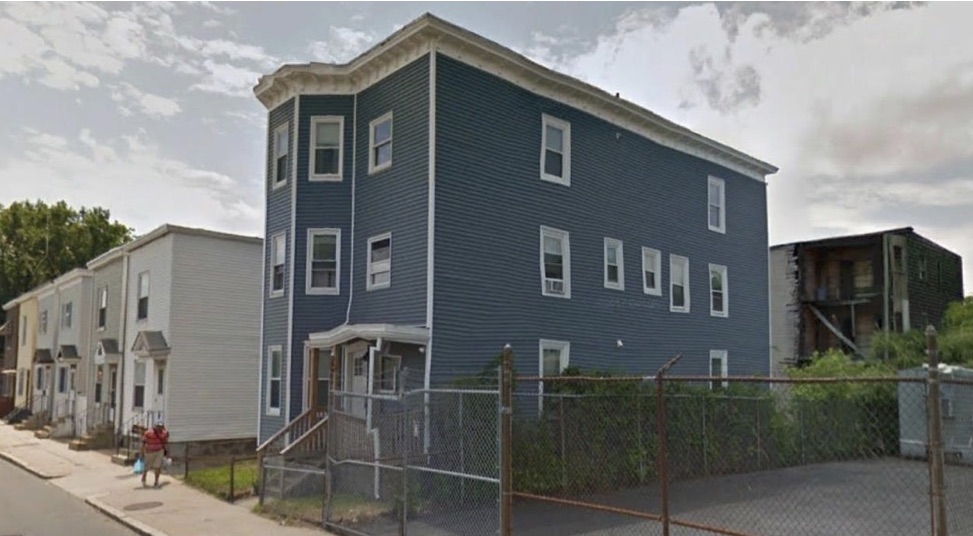321 Norfolk Avenue in Dorchester in 2017. This triple decker was built by John Varnerin in 1894. Photo from Google Maps.
A Northern Italian Immigrant Story
While the North End and East Boston were known for their large Italian communities, Dorchester has also been home to smaller settlements of Italian immigrants. One of these communities grew along Norfolk Avenue near Uphams Corner. Many of its residents came from the Tramonti di Mezzo region in northern Italy and their community grew to support generations of Italian immigrants. Small businesses and triple-deckers were the building blocks of this community.

View of the mountains near Tramonti di Sotto in northern Italy, home region of many who settled on Norfolk Avenue. Courtesy of Bob Rugo.
The northern Italian roots of the Norfolk Street settlement were distinct from those of the larger Italian immigrant communities in Boston. Most who came to the North End were from the South, or Mezzogiorno, while many who came to north Dorchester were from the mountainous northern regions. Although Italy was unified in 1861, differences in language, food, and other cultural practices set the two groups apart. Not surprisingly, they tended to settle in separate clusters.
Many of the northern Italians of Norfolk Avenue worked in construction. Giacomo (John) Varnerin, who arrived from Italy in the early 1890s, built a triple decker home at 321 Norfolk Avenue in 1894 and started a business named J. Varnerin & Sons Construction. The Rugos, also residents on this street, owned Rugo Construction, Inc. Ownership in business and real estate provided an opportunity for Italian immigrants to work through a shared culture. Varnerin employed tenants, immediate family, and relatives on Norfolk Avenue, thus his triple-decker as a vehicle for chain migration. The Duchini, Bardelli, Bossi, and Rugo families all lived on Norfolk Avenue in the early twentieth century, coming from the same region of northern Italy as the Varnerin family–indeed some were relatives or later intermarried.
The changing occupations of the residents over the years suggest a degree of upward mobility. While the early male occupants were mainly laborers, bricklayers, and masons, the later generations became superintendents and managers. Women in this triple decker were mostly housewives, with a few clerks and telephone operators mixed in. The occupants of the building have changed over the years, starting out mainly Italian but becoming more varied by the middle of the twentieth century.

Rugo family photo taken at the rear of 321 Norfolk Avenue, ca. 1901. Courtesy of Bob Rugo and Louise Varnerin DiTullio.
With its rows of triple-decker houses and small businesses, Norfolk Avenue was typical of many late nineteenth and twentieth-century immigrant communities in Dorchester. Many of these three-decker structures have served continuously from the turn of the twentieth century to the present. They proved popular because they offered a higher standard of living than tenement housing in more crowded parts of Boston. While the owner occupied one floor, the other two levels could be rented out, often to family or members of the same immigrant group. In most cases, the rents helped pay off the building mortgage. Over the years, the houses have been remodeled and inhabited by immigrants from many countries, while helping the owners establish a financial foothold in the community.
–August Michaelides, Boston College ’19
Works Cited
Bob Rugo, Genealogy Website for John Varnerin.
Historical Permit Records. City of Boston. Accessed October 1, 2018.
Kennedy, Albert J., and Woods, Robert Archey. The Zone of Emergence: Observations of the Lower Middle and Upper Working Class Communities of Boston, 1905-1914. Cambridge, MA.: Harvard University Press, 1962.
“Massachusetts Land Records.” Accessed December 07, 2018.
Voter Lists in Boston, 1909-1966.


